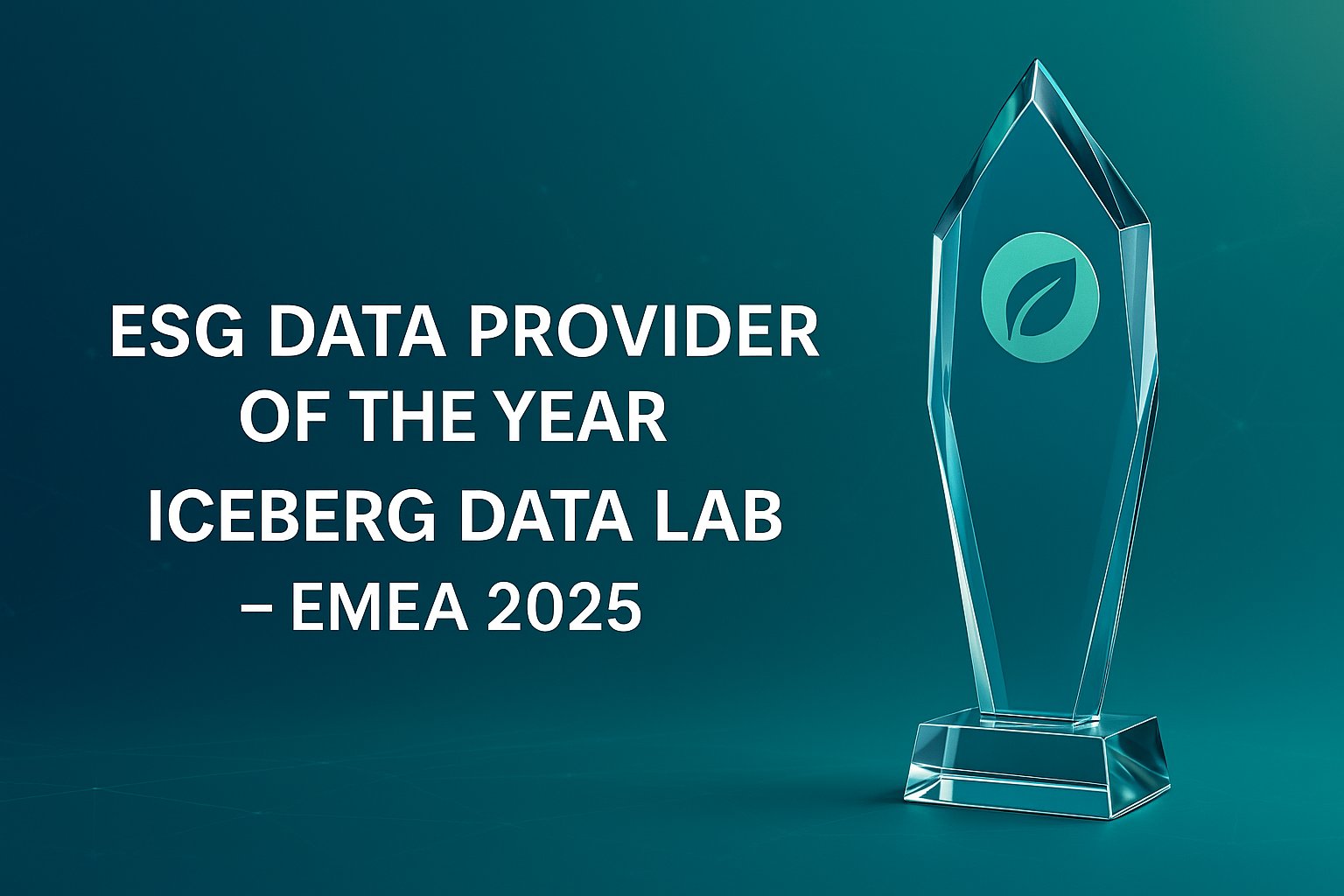)
Biodiversity Accounting
)
Biodiversity accounting represents a systematic approach to measuring, analysing, and reporting data about biological diversity within business operations and financial portfolios. As organisations face increasing regulatory pressure and stakeholder expectations, biodiversity accounting has emerged as a critical framework for managing nature-related risks and demonstrating environmental stewardship. This comprehensive assessment methodology enables businesses to quantify their impact on ecosystems and species, supporting informed decision-making across the financial sector. With robust data and scientific methodologies, organisations can integrate biodiversity considerations into their core strategies, ensuring sustainable development whilst maintaining competitive advantage in an evolving regulatory landscape.
Understanding Biodiversity Accounting
Financial institutions increasingly recognise biodiversity accounting as essential for comprehensive risk management and regulatory compliance. The Partnership for Biodiversity Accounting Financials (PBAF) framework provides standardised methodologies for measuring portfolio impacts on biodiversity, enabling banks and asset managers to assess nature-related financial risks systematically. This business-critical approach supports disclosure requirements whilst identifying opportunities for sustainable investment strategies. Financial institutions can evaluate their exposure to biodiversity loss across diverse sectors, from agriculture to infrastructure development. Impact assessment methodologies enable precise measurement of dependencies on ecosystem services, supporting evidence-based portfolio management. Through comprehensive biodiversity accounting, Financial institutions can demonstrate leadership in sustainable finance whilst meeting evolving disclosure expectations from regulators and stakeholders.
Essential Biodiversity Impact Assessment Methods
Biodiversity impact assessment employs scientifically rigorous methodologies to quantify environmental effects across multiple scales and contexts. Mean Species Abundance (MSA) represents the gold standard for measuring biodiversity impacts, comparing current species populations to reference conditions in pristine ecosystems. This approach enables organisations to use standardised metrics for reporting biodiversity footprints across global operations. Ecosystem services valuation provides complementary insights, quantifying the economic value of natural processes supporting business activities. Advanced assessment techniques incorporate spatial analysis, temporal monitoring, and species-specific indicators to deliver comprehensive biodiversity accounts. These methodologies support regulatory compliance whilst enabling organisations to identify conservation opportunities and measure progress towards nature-positive targets. Through robust impact assessment, businesses can demonstrate their commitment to biodiversity conservation whilst managing operational risks effectively.
Related Articles
You might be interested in these articles
Get in touch!
Want to know more? Fill out the form or reach us directly via email at contact@icebergdatalab.com.
75116 Paris
EC2Y 9DT London
60327 Frankfurt am Main, Frankfurt
Beverly, MA 01915





)
)








